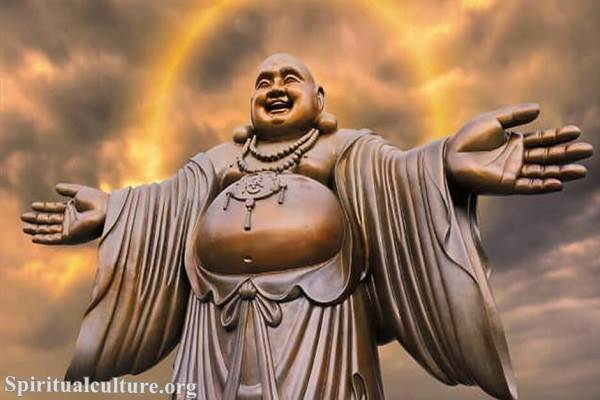Buddhism, a religion that dates back to the 6th century BCE and founded by Siddhartha Gautama, commonly known as Buddha, is more than just a faith. It is a philosophy, a way of life that encourages the pursuit of wisdom, ethical conduct, and mental discipline to attain spiritual enlightenment or Nirvana. The teachings of Buddhism are encapsulated in three sets of scriptures collectively known as the ‘Tri-Pitaka‘ or ‘Three Baskets.’ These include the Vinaya Pitaka, the Sutra Pitaka, and the Abhidharma Pitaka.
This article delves into the essence of the Vinaya Pitaka, its significance in Buddhism, and how it guides the monastic life of Buddhist monks and nuns.
Vinaya Pitaka: The Cornerstone of Monastic Discipline
The Vinaya Pitaka, the first division of the Tri-Pitaka, is a critical component of the Buddhist canon. The term ‘Vinaya’ signifies ‘leading out,’ ‘education,’ or ‘discipline,’ while ‘Pitaka’ translates to ‘basket.’ Hence, the Vinaya Pitaka is often referred to as the ‘Basket of Discipline.’ It lays down the code of conduct, including rules and regulations that govern the monastic life of Buddhist monks (Bhikkhus) and nuns (Bhikkhunis).
The Vinaya Pitaka was compiled over time, evolving with the Buddhist monastic community. It is believed that the Buddha himself established many of these rules during his 45-year teaching career. The rules were not arbitrarily imposed but were developed in response to specific situations or incidents that arose within the monastic community.
Structure of the Vinaya Pitaka
The Vinaya Pitaka consists of five books, namely Suttavibhanga, Khandhaka, Parivara, Sekhiya, and Pacittiya.
1. Suttavibhanga: It contains the Bhikkhu-patimokkha and Bhikkhuni-patimokkha, enumerating the 227 rules for monks and 311 rules for nuns, respectively. Each rule is accompanied by a story explaining the circumstances that led to its formulation.
2. Khandhaka: It is divided into two sections – Mahavagga and Cullavagga. The former details the Buddha’s enlightenment, the first Buddhist monastic community’s formation, and rules about ordination, while the latter contains rules about legal procedures within the monastic community and disciplinary actions.
3. Parivara: This is a summary and analysis of the previous books presented in a question-and-answer format.
4. Sekhiya: It outlines 75 rules of etiquette for monks and nuns.
5. Pacittiya: It lists minor offenses and their corresponding penance.
Meaning of Vinaya Pitaka in Buddhism
The Vinaya Pitaka plays a crucial role in Buddhism, particularly in the Theravada tradition. It serves as a practical guide for monks and nuns, informing them about the principles they must adhere to in their spiritual journey. It governs all aspects of monastic life, including daily routines, interactions within the monastic community and with laypeople, and procedures for handling transgressions.
The Vinaya Pitaka’s rules are not merely restrictive; they aim to cultivate virtues like mindfulness, contentment, simplicity, and self-restraint among the monastics. By adhering to these rules, Buddhist monks and nuns can lead a life devoid of distractions, enabling them to focus on their primary goal: the pursuit of enlightenment.
Furthermore, the Vinaya Pitaka fosters harmony within the monastic community. It ensures that all monks and nuns are treated equally, regardless of their background or status before ordination. It also includes provisions for resolving disputes, ensuring the smooth functioning of the monastic community.
In conclusion, the Vinaya Pitaka is an integral part of Buddhism, shaping the monastic community’s life and conduct. It provides a framework that enables monks and nuns to live a disciplined life conducive to spiritual growth. While the Vinaya Pitaka may seem rigorous and complex, it is essential to remember that its ultimate goal is to facilitate the path towards enlightenment, the ultimate goal of Buddhism.




